|
Located in Vietnam’s central highlands, Da Lat has the perfect climate for agriculture. It’s nearly impossible to miss people selling flowers, plants, fruits and vegetables from the window of your bus while riding into town. Greenhouses growing vegetables, flowers and fruit surround the hilly university town and span for miles. Beyond that, coffee farms cover hilltops and small farms grow silkworms and crickets. Private tours of 3-5 people are offered daily to many of the farms, including the ones we visited: The cricket farm. We’ll start with the moral of this story: deep fry anything in oil and garlic and it becomes edible. Now, back to the beginning. We just ate f*ing crickets! What!?!? After a trip to the Weasel coffee farm, we weren’t sure things could get any stranger. Then they did. Cricket farming is truly something you must see to believe. The insects are sectioned off based on age, ranging from 7 days to 3 months; with 2 months being the preferred age for eating. They live in large concrete areas that are about 3 feet deep. We’re told that they can’t jump out, even though many were crawling up the walls of their open sections (this blatant example of cricket stupidity helped Ryan come to terms with eating one). Not a typical part of the vegetarian diet, deep fried crickets taste a bit like a chunky potato chip. We are told they’re typically washed down with some local beer after dinner, but all we were given was hot tea. We agreed that a beer (and potentially a shot) would have helped. Officially classifying this experience under the ‘when in rome’ category. Although maybe never again. Silk Worms. We all know that silk is made from worms, right? Holding a white cocoon of silk thread that’s being carefully spun by a live worm inside, we agreed that the whole process of how silk is made is, in fact, a little fuzzy. We’re surrounded by floor to ceiling shelves holding thousands of silk cocoons and our guide, Giep, is explaining the process. The worms are collected from farmed mulberry trees and spin a cocoon of one continuous thread around their body. Before they have the chance to emerge as a moth, they are dropped into boiling water, killing the worms, then cold water to unravel the cocoon. The worm is placed in a separate container to be made into a snack (no, we didn’t eat the worm!) and the cocoon is unraveled into tiny threads and placed by hand onto a large machine to make one strand of some of the highest quality silk thread in the world. The whole process feels somewhat primitive and remarkable at the same time. About ten teenage girls (16-17) are diligently working in the factory and don’t blink an eye as we stand behind to watch them work. We’re told they work 5-6 days a week, 8 hours per day, and make 6 million dong/month (less than $300/month), half of which they send home to their parents in the north. After the thread is finished, it’s dyed and woven by the local K’ho people on large looms. To see the inner workings of these farms and factories was incredibly insightful. It was a glimpse into the daily lives of people outside the busy cities, with a local guide that helped us share these experiences respectfully. This small agricultural tour left us with a much greater understanding, appreciation, and connection with the amazing culture of this region.
2 Comments
tim
5/7/2015 11:53:11 am
Looks delicious. Is the weather bearable? How about rain? How is the language barrier? This is a lot of fun. Sharing your experiences with us is super duper. Really!!!
Reply
5/7/2015 12:57:48 pm
The crickets were... interesting. As for the weather, it's been great so far (knock on wood). It's hot, but we've heard it gets a lot hotter and the only rain we've seen were some afternoon showers in Da Lat. We think we've caught Vietnam right between the dry and monsoon seasons... The language barrier is significant. We've learned a few Vietnamese phrases, but our pronunciation is pretty bad. Lots of pointing and miming!
Reply
Your comment will be posted after it is approved.
Leave a Reply. |
Cohica TravelA travel design agency. Categories
All
Archives
October 2023
Follow us on Instagram @CohicaTravel
|

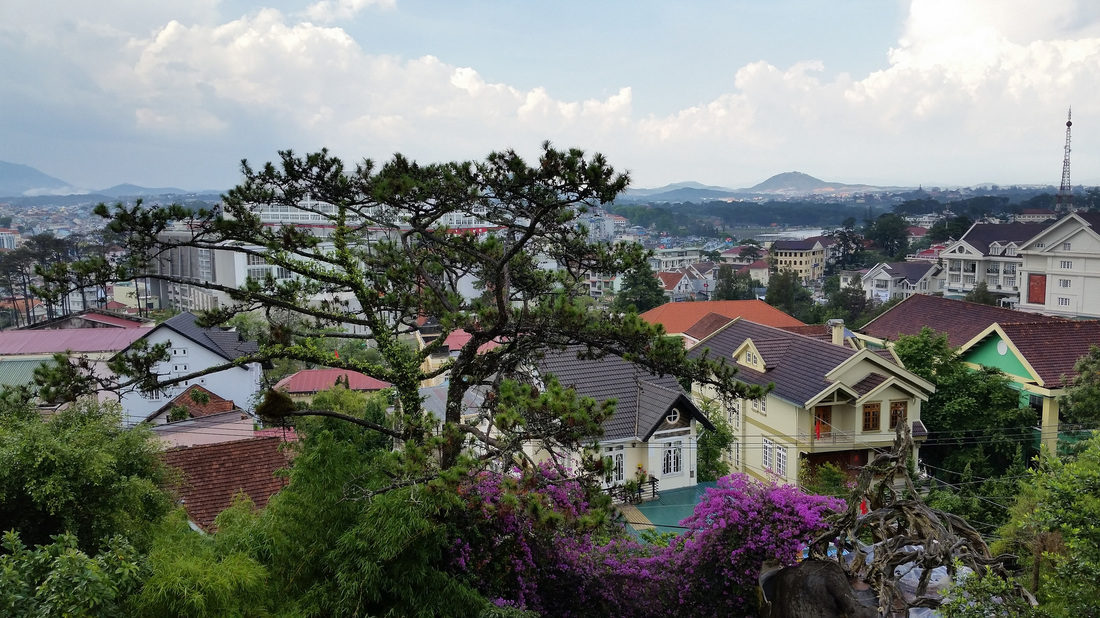
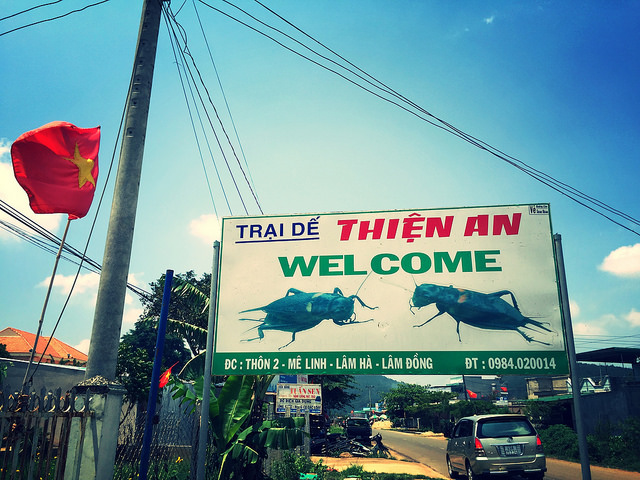
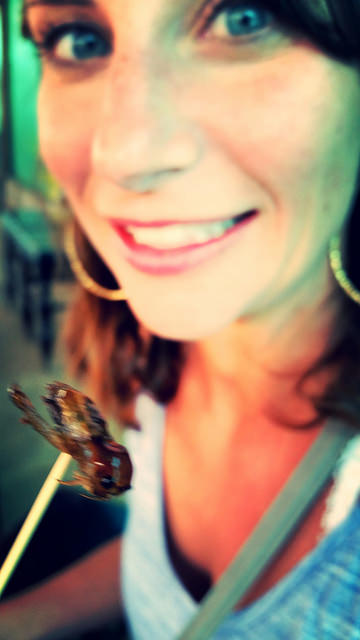
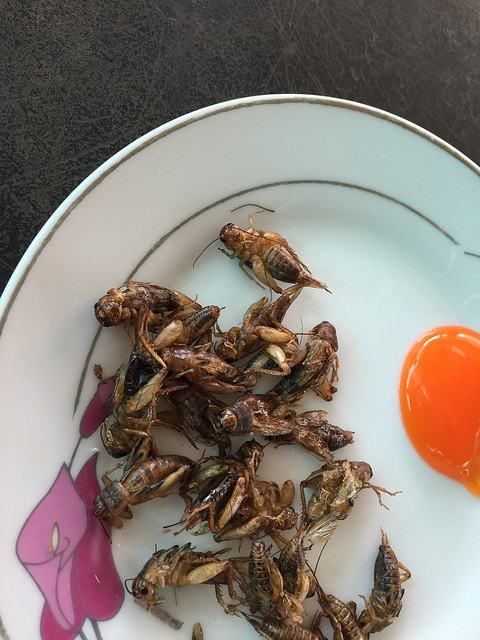
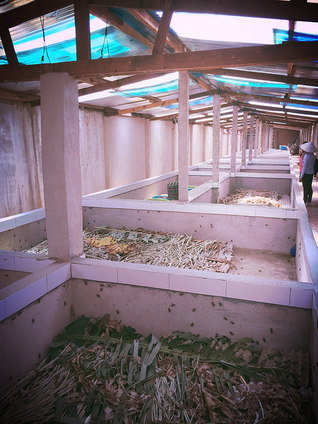
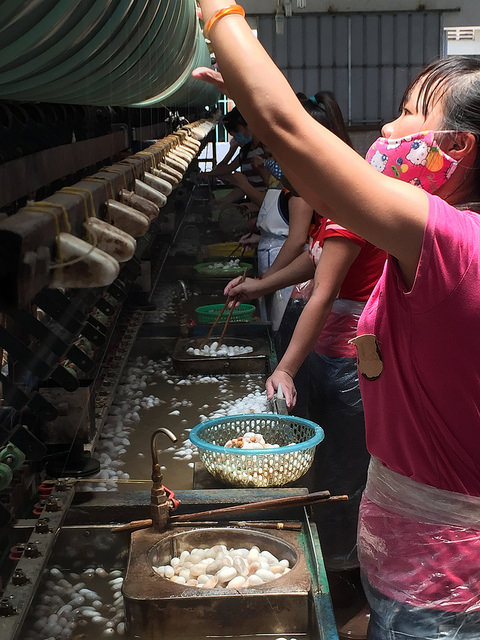
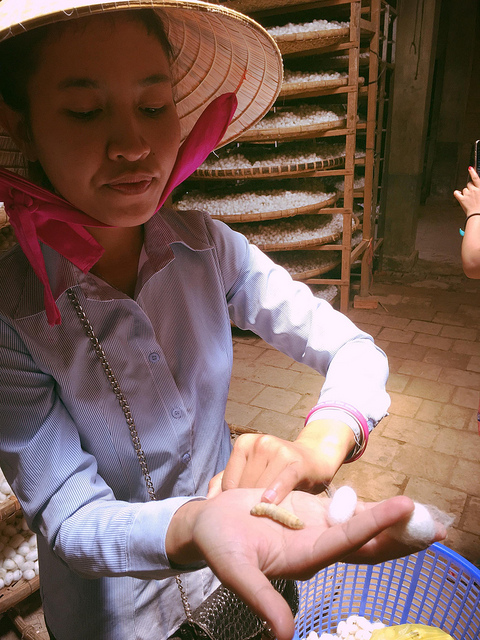
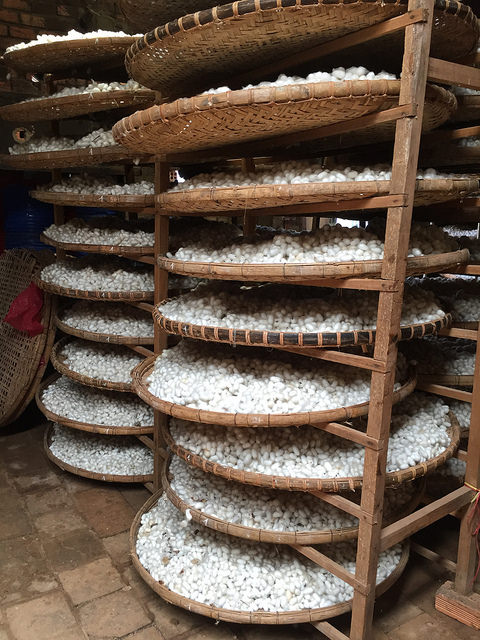
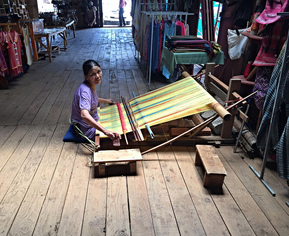
 RSS Feed
RSS Feed
